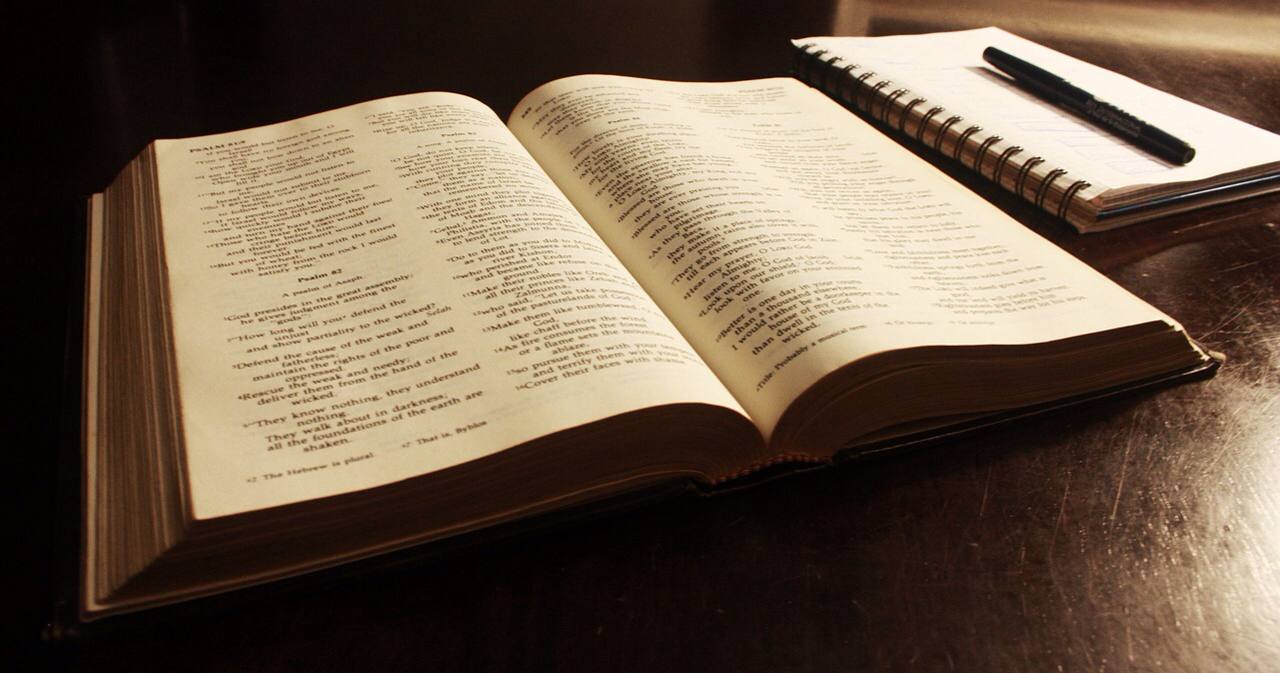
When human beings communicate, they tend to use words as a tool to characterize certain phenomena. In this way, the individual constantly evokes his thoughts, which are exposed through descriptions of people, animals, things, ideas or desires.
According to the Royal Academy of Spain, describe is "to outline, draw, figure something, representing it in a way that gives a full idea of it”. Additionally, the RAE points to a second definition: "represent someone or something through language, referring to or explaining its different parts, qualities or circumstances."
what is a descriptive text?
To represent this concept it is impossible not to incur in a confirmation paradox, since, precisely, one must resort to the technique of description. In practical terms, the descriptive text is the one used to state a certain subject, subject or object.
Therefore, it is not just about pointing out (mentioning) a thing, living being or phenomenon processed through the intellect. Rather, you must refer to the attributes of some object in a (mandatory) suitable way to present them, either orally or in writing. For this reason, the descriptive text (of an objective type) is essential for scientific writing.
Descriptive text classes
In all written material, it is very important to estimate whether the intention of the writer, narrator or broadcaster has a value judgment or not. This purpose depends on the level and type of intervention that the subject decides to put into an expression. So under that premise, the text can be objective or subjective.
Objective descriptive text
In this case, the form of the statement depends on the appreciations expressed from a (presumably) impartial point of view. In accordance, the person who writes the description narrates in the third person and eliminates any load of personal judgments. Therefore, the statements of the text are limited to specifying the characteristics of a subject or thing, as it is.

In turn, the objective descriptive text is inherent in any technical definition. For example: according to Wikipedia a cloud is “hydrometeor consisting of a visible mass formed by snow crystals or microscopic water droplets suspended in the atmosphere. Clouds scatter all visible light and therefore appear white”…
subjective descriptive text
It occurs when the individual articulates the set of descriptive characteristics of the object and the intervention is allowed to give an opinion for or against certain elements. Namely, In this type of text, the presence of evaluations is perfectly normal., recommendations, negations of the indicated attributes. Consequently, subjective descriptive text is distinctive of literary description.
For example (compared to the technical definition of Wikipedia), the notion of “clouds” according to Azorín: “clouds give us a feeling of instability and eternity. Clouds are — like the sea — always various and always the same. Looking at them, we feel how our being and all things run towards nothing, while they —so fugitive— remain eternal”.
Characteristics of the descriptive text
If the definition of "description" provided by the RAE is taken into account, it is understandable why descriptive text is key to socializing people. For this reason, it must be clear and, in no case, its use can give rise to ambiguous or confusing interpretations.
Precision
To make a descriptive text it is essential to pay attention to the object being characterized without the need to add external or indirect relationship elements. In addition, this exactness imposes the limits of the attributes whose presence is pertinent. At the same time, that rigor indicates which properties are unnecessary to point out.
Therefore, the technical or scientific files on the species or variety assigned to some living being represent a good example of precision in the descriptive text. For example: “The Dalmatian dog breed has short white fur with black spots, a long tail and a slender figure” (Bligoo.com, 2020). In this case, questions concerning the Croatian origin of Dalmatian dogs are dispensable.
Clarity
When a certain object is evoked in order to describe it, language is used. In accordance, it is very important to know how to use a language and a vocabulary that is sufficiently related to the object described. Also, it is necessary to explain the characterized element no matter how complex or simple it is.
In this point, the intention of the sender of the message is relevant along with the type of description (technical or literary). For example: if you want to describe the sunset, the most appropriate thing is to use words referring to colors, time and place. Likewise, if the writing carries a subjective charge, it is possible to speak of the memories or feelings transmitted by the scene.
Coherence
A valid description defines the qualities of a person, animal or thing achieved through a sequence of words or sentences that help their understanding. For this reason, the distinctive features of the detailed element require a specific order or meaning. In other words, the disorganization of ideas undermines the consistency of the representation.
For example: a gray mammal with a huge trunk, ears and tusks is undoubtedly an elephant and therefore large. It is by no means small. On the other hand, science fiction novels and fantasy stories often incorporate segments with incoherent frames with the aim of immersing (or confusing) readers in an unlikely universe.
Other texts to differentiate from descriptive text
Narrative text
A narrative writing is also used to describe a scene, a moment, a person or a thing, but it does so by “telling something”. Action is present here as a key element because the important thing is to tell what happened and how. Then, a narrative text recounts a fact or the way in which something happens or happened, while a descriptive one only states the attributes.
Argumentative text
This type of text is aimed at explaining the operation of an object or the sequence of an event through a true presentation of features or events. This argument attempts to convince the reader of the authenticity of the point made.. By contrast, descriptive text is limited to showing the characteristics of an element without trying to persuade the recipient.